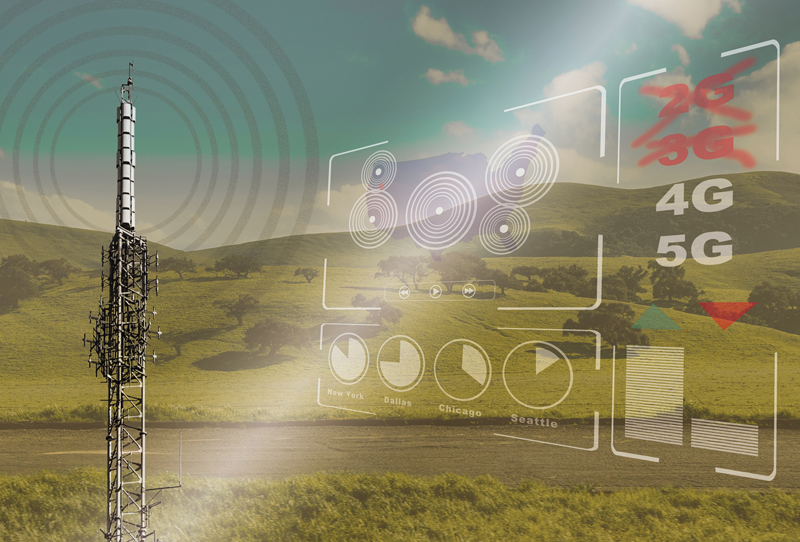 Communication technology is evolving at a rapid pace and future scheduled changes will affect the security sector. In this article Nick Whiting, Head of BT Redcare looks at the forthcoming sunsetting of the 2G and 3G networks and why security installers should take it seriously
Communication technology is evolving at a rapid pace and future scheduled changes will affect the security sector. In this article Nick Whiting, Head of BT Redcare looks at the forthcoming sunsetting of the 2G and 3G networks and why security installers should take it seriously
The UK’s fire and security industry is facing two technological shifts that are already in motion. Many alarm signalling solutions rely on 2G and 3G to send signals to alarm receiving centres (ARCs). But mobile operators are currently in the process of decommissioning these networks. No longer suitable for supporting the data capacity requirements of today’s communications, operators are redeploying network equipment and spectrum for 4G and 5G.
At the same time, the PSTN (public switched telephone network) is due to be switched off by 2025, after which any devices that rely on the old analogue network will cease to work. As a result, alarm signalling solutions are becoming redundant as phone lines migrate to new digital services placing people and properties at risk.
These changes present significant opportunities for installers to introduce their customers to next-generations solutions, connected via 4G and IP, future proofing them against these two technological shifts.
End of an era
There has been talk in the industry of decommissioning 2G and 3G for some time. In December 2021, however, as part of its plans to enable a smooth transition to 5G, the UK Government announced that the networks would be phased out nationwide by 2033. The shutdown could happen long before that, though.
Some individual operators will switch off their networks, particularly their 3G networks, much earlier. In fact, three of the UK’s four Mobile Network Operators (MNO) – Three, Vodafone and EE – have announced they will all decommission their 3G networks by 2024 with EE closing their 3G network by 2023.
Since its arrival, 2G mobile technology has been instrumental in machine-to-machine (M2M) communication, and it’s this approach that has underpinned how alarm signals are transferred between devices and ARCs. Even with the arrival of 3G, 4G and now 5G, most devices out there use 2G. As such, its retirement means that there’s a risk the millions of devices that rely on it– which includes a number of alarm signalling systems – will be left marooned.
Read the full article in the September 2022 edition of PSI magazine



